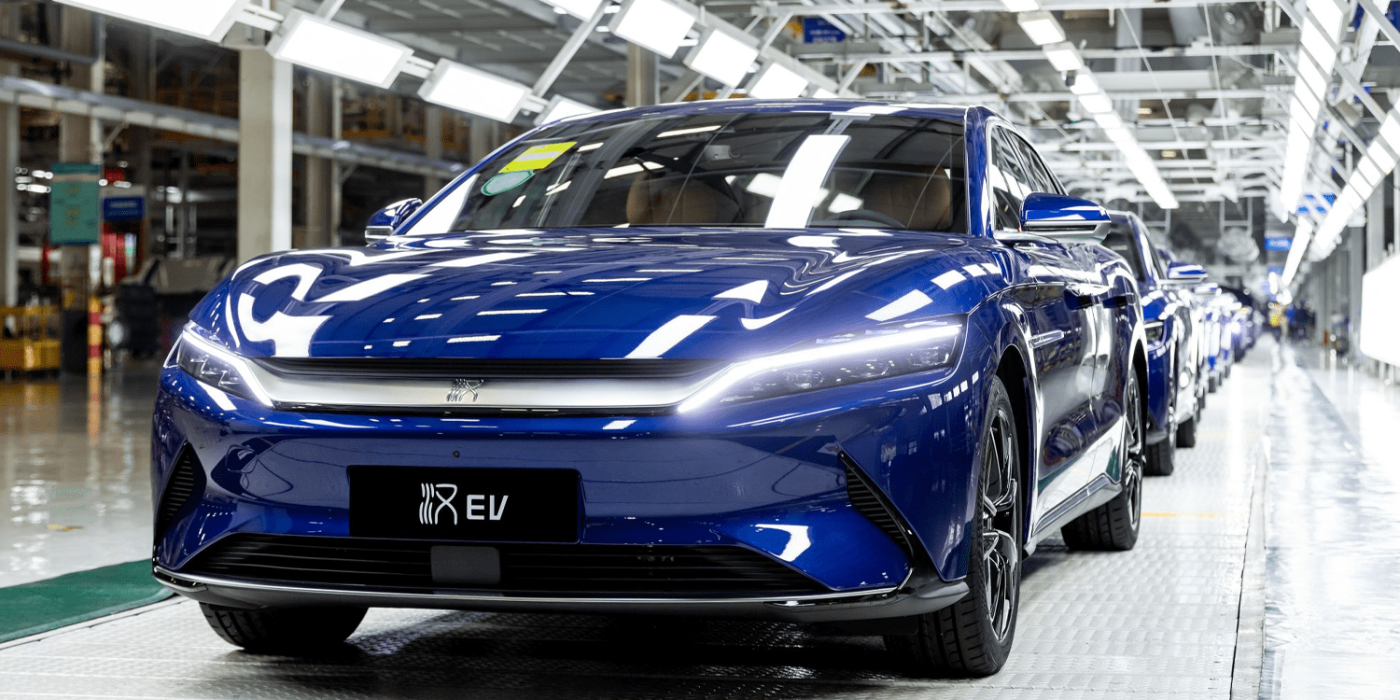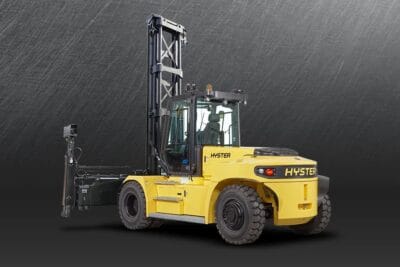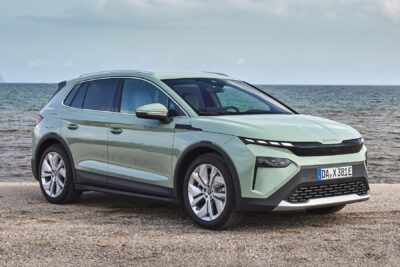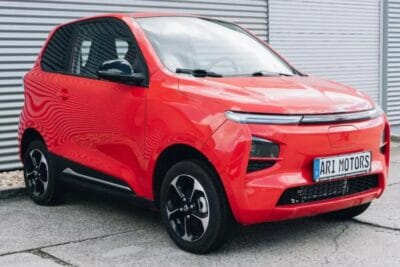China’s February NEV sales rise by 189%
In February, 317,000 New Energy Vehicles were sold in China. Compared to the same month last year, sales increased by 189 per cent. The ratio of plug-in hybrids and battery-electric cars within the NEV category remained nearly constant.
While the 317,000 sales represent a 24.1 per cent decline from the 412,000 units sold in January 2022, February has already been by far the weakest month in recent years. The decrease in February was due to the multi-day celebrations surrounding Chinese New Year. As a result of the festivities, there are fewer sales days in February than in January. By comparison, only 15,000 NEVs were sold in February 2020 – albeit during the Covid 19 pandemic lockdowns – compared to 100,000 units in the same month in 2021.
NEVs also lost 24.1 per cent, less than the overall market; across all powertrain types, sales were down 32.6 per cent (1.455 million vehicles), according to China Passenger Car Association (CPCA) figures. If only passenger cars are included, the 40 per cent drop compared to January was even more significant. Of the 1.246 million passenger vehicles, the NEV share was thus 21.8 per cent – of the 317,000 NEVs, 272,000 were passenger cars.
Within NEVs, 245,000 BEVs and 72,000 PHEVs were sold, with FCEVs continuing to play only a minor role. Thus, 77.3 per cent of all NEVs had a pure battery-electric powertrain.
Sales across brands in China did not change much compared to the previous analyses: BYD leads the NEV segment with 87,473 units, while Tesla leads the BEV segment with 56,515 vehicles, 33,315 of which were exported. If the exported cars are excluded, only 23,200 Teslas remain in China. From this perspective, BYD would also be ahead in the BEV category, selling 43,137 battery-electric cars and 44,300 PHEVs. However, no export rate was cited by BYD.
SAIC again made a strong showing in February with 45,267 New Energy Vehicles. Geely also continues to work its way forward with 12,239 BEVs and 2,046 PHEVs. Among Chinese eMobility startups with premium aspirations, GAC Aion (8,526 BEVs) and Neta (7,117 BEVs) edged ahead of the better-known international brands Xpeng (6,225 units) and Nio (6,1311 units) in February. Xpeng and Nio had already reached five-digit sales figures by the end of 2021.
As in January, there are still no separately reported sales figures from VW for its ID. Models. For better clarity, we have summarized selected brands – without claiming completeness – in the following table. The table is not an official ranking by the CPCA, but a compilation by the editorial team.
| Brand | January | February | Total | Rank |
|---|---|---|---|---|
| BYD* | 93,168 | 87,473 | 180,641 | 1 |
| SAIC* | 72,236 | 45,267 | 117,503 | 2 |
| Tesla | 59,845 | 56,515 | 116,360 | 3 |
| Geely*,** | 17,928 | 14,501 | 32,429 | 4 |
| GAC Aion | 16,031 | 8,526 | 24,557 | 5 |
| Great Wall Ora | 13,229 | 6,261 | 19,490 | 6 |
| Xpeng | 12,922 | 6,225 | 19,147 | 7 |
| Neta Automobile | 11,009 | 7,117 | 18,126 | 8 |
| Nio | 9,652 | 6,131 | 15,783 | 9 |
| Leap Motor | 8,085 | 3,435 | 11,520 | 10 |
* NEV, includes BEV+PHEV, Brands not otherwise marked are pure BEV
** Including brands such as Geometry, Lynk & Co and Zeekr
cnevpost.com (total market), cnevpost.com (Tesla), xiaopeng.com (Xpeng), nio.com (Nio), byd.com (BYD), cnevpost.com (Geely), cnevpost.com (Ora), cnevpost.com (Leap Motor), cnevpost.com (GAC Aion), cnevpost.com (Neta Automobile), cnevpost.com (SAIC)





1 Comment